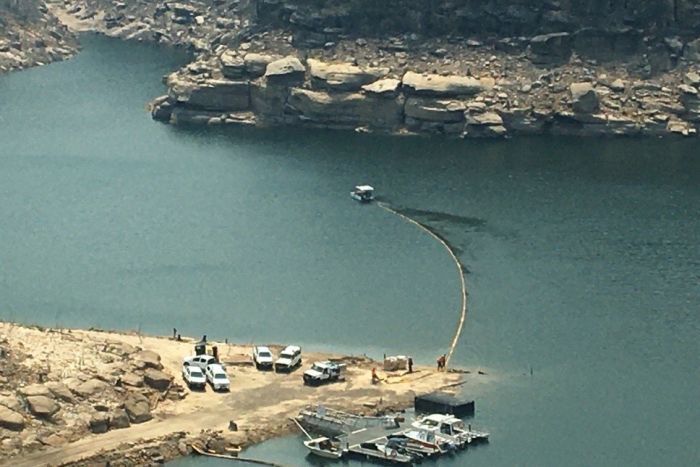What is the impact of heavy rain after the recent fires and continued drought? The lack of rain and the fires create a situation where water doesn’t soak into the soil resulting in an increase in runoff. This is because the soil has become hydrophobic and repels the water instead. Vast amounts of vegetation has been lost during the fires exposing the ground to erosion. This combined with all the debris, ash and increased runoff create the risk of landslides, flash flooding and contaminated water flowing into our waterways.
BOM forecaster Abrar Shabren said “Flash flooding is generally a concern with thunderstorms and ponding of water on roads. Depending on how much vegetation is left, how much bushfire the ground has gone through, that can also add to the impact of flash flooding as well,” He said bushfire areas were also “vulnerable” to landslides and toppling trees during thunderstorms because fires would have weakened the vegetation.
The Macleay River in northern NSW has already seen the impact of runoff from bushfire affected areas where locals have reported thousands of fish have been killed after ash was washed into the river system.
According to Tony Weber from WaterNSW the amount of rainfall is unlikely to replenish dams or break the drought in any regions. Warragamba Dam, which supplies water to more than 5 million people living in Sydney and the lower Blue Mountains, is only at 43.7 per cent capacity. Mr Weber said that “The modelling tells us that given the size of the catchment and the prolonged dry period that’s been experienced, we’ll need rain well in excess of that to really generate any inflows,” .
In the recent fires over 320,000 hectares in the Warragamba Dam catchment has been burnt. “So the volume of ash and debris that’s flowing around the catchment is extensive,” Mr Weber said. “The advice we’ve had from the Bureau of Meteorology is that this rain probably won’t be sufficient to generate that sort of run-off. However Mr Weber continued stating ” the risk of ash contamination for the storage will remain a reality for some six to 12 months to come.”
The NSW State Government has recently installed curtains and booms to trap silt and ash due to the concerns raised about the risk to Sydney’s drinking water. The ABC reported the State Government was installing curtains and booms to prevent silt and ash from contaminating the water at Warragamba Dam.

Professor Stuart Khan a water expert from from the University of NSW told the ABC that “Once you have a fire go through a drinking-water catchment, the ash that’s left on the ground and the ground itself becomes more repelling of water,” Professor Khan said the water coming out of the tap would still be clean and drinkable, but the silt and ash would create a challenge for the Prospect Water Filtration Plant.
“The immediate problems really are problems for the water treatment processes,” he said. “Water treatment plants are designed to remove contaminants like that from the water, but when we have very large quantities of sediment they will really struggle.”

